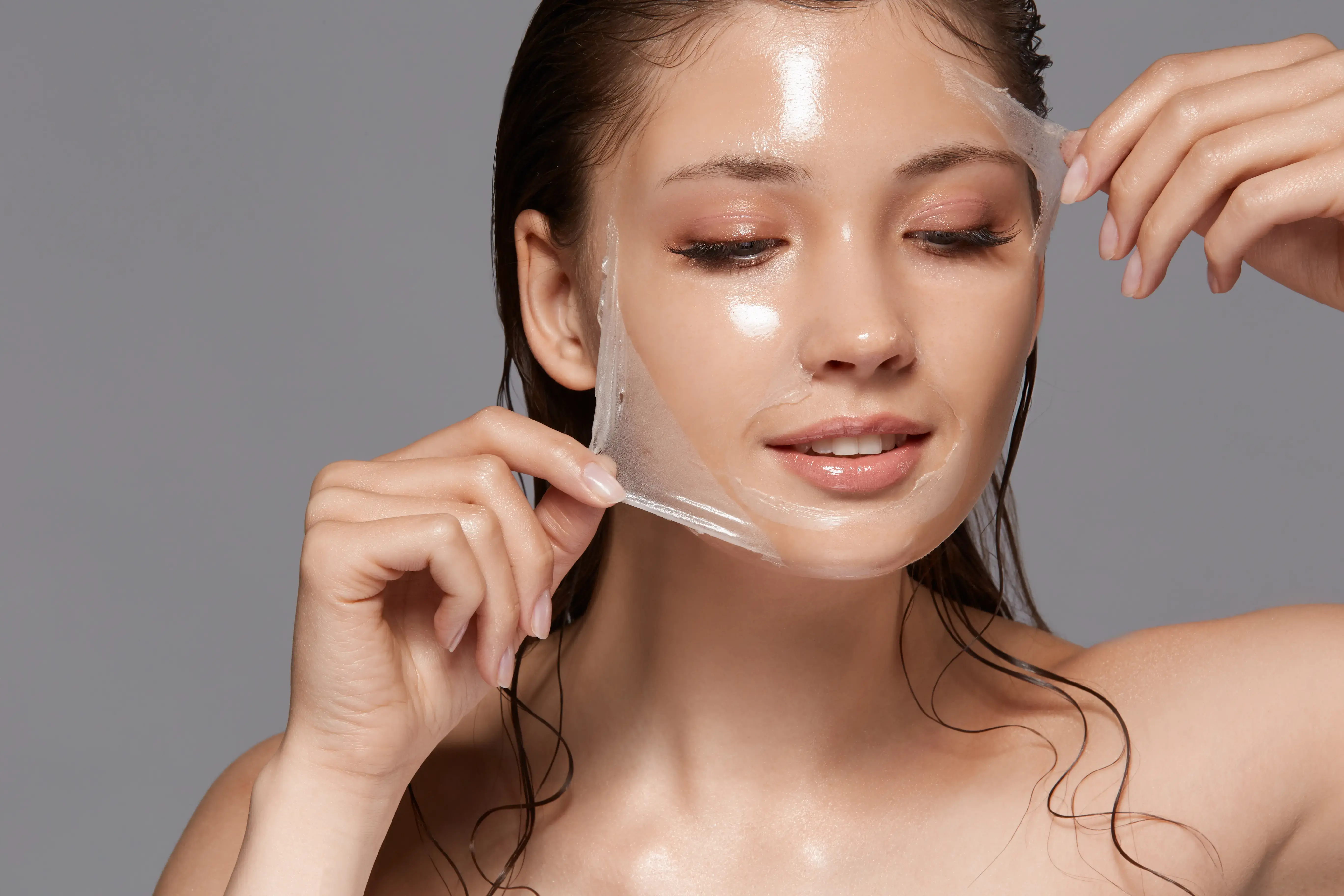What are Chemical Peels?

Chemical peels are a non-invasive cosmetic treatment that uses a solution to remove the top layers of the skin, revealing smoother, brighter skin.
Benefits of Chemical Peels
1. Improves skin texture: Chemical peels help to improve skin texture, reducing the appearance of fine lines and wrinkles.
2. Reduces hyperpigmentation: Chemical peels can help to reduce hyperpigmentation, giving the skin a more even tone.
3. Minimizes pores: Chemical peels can help to minimize the appearance of pores, giving the skin a smoother appearance.
4. Customizable: Chemical peels can be tailored to individual skin types and concerns.
Types of Chemical Peels
1. Light peels: Suitable for mild skin concerns, such as fine lines and wrinkles.
2. Medium peels: Suitable for moderate skin concerns, such as hyperpigmentation and acne scars.
3. Deep peels: Suitable for severe skin concerns, such as deep wrinkles and scars.
Chemical Peel Solutions
1. Glycolic acid: A common alpha-hydroxy acid (AHA) used to treat fine lines, wrinkles, and hyperpigmentation.
2. Lactic acid: An AHA used to treat dry skin, fine lines, and wrinkles.
3. Salicylic acid: A beta-hydroxy acid (BHA) used to treat acne, blackheads, and hyperpigmentation.
4. Phenol: A deep peeling agent used to treat severe skin concerns, such as deep wrinkles and scars.
What to Expect During a Chemical Peel
1. Pre-peel preparation: The skin is cleaned and prepared for the peel.
2. Peel application: The chemical peel solution is applied to the skin.
3. Peel neutralization: The peel is neutralized to stop the peeling process.
4. Post-peel care: Instructions are provided on how to care for the skin after the peel.
Side Effects and Risks
1. Redness and irritation: Temporary redness and irritation are common side effects.
2. Dryness and flakiness: The skin may feel dry and flaky after a chemical peel.
3. Infection: As with any cosmetic treatment.
Cost
The cost of a chemical peel can vary depending on:
1. Location: Treatment costs can vary depending on the skin condition.
2. Peel depth: The cost of a chemical peel can depend on the depth of the peel.
3. Number of sessions: The number of sessions required can impact the overall cost of treatment.
On average, the cost of a chemical peel can range from ₹2,500 to ₹15,000 or more per session.